Wohlfahrtia magnifica (Wohlfahrt’s wound myiasis fly)
Wohlfahrtia magnifica is a parasitic species of flesh fly. The fly lays its first stage (instar) larvae on living warm-blooded animals and they immediately begin to feed on the underlying flesh.
The wounds they cause are an example of an infestation known as traumatic myiasis and are a source of considerable pain and suffering to the host animal, which can die if untreated.
Wohlfahrtia magnifica is a major animal welfare and economic concern to the livestock industry, but it can also affect humans.
Species detail
-

Taxonomy
Learn about the discovery and naming of Wohlfahrtia magnifica and get a description of the morphology of this species.
-

Distribution and habitat
Discover where Wohlfahrtia magnifica is found, the types of climate and habitat it enjoys, and what it feeds on.
-

Biology
Read about the size, stages of growth and life expectancy of the Wohlfahrt’s Wound Myiasis Fly.
-

Behaviour
Find out what is known about the behaviour of the male and female Wohlfahrtia magnifica.
-

Disease
Learn about the damaging impact that Wohlfahrtia magnifica has on its hosts and why people in Russia were warned not to sleep outside between the hours of 10.00 and 16.00.
-

Conservation
Find out why it is remarkable that populations of Wohlfahrtia magnifica are staying stable and what the future outlook is for the species.
-

References
Get reference material for Wohlfahrtia magnifica.
Images
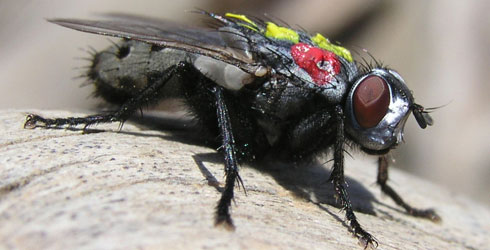
Marked Wohlfahrtia magnifica in Crete.
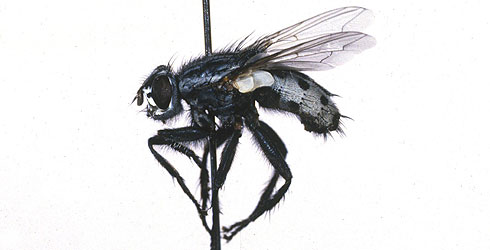
Male Wohlfahrtia magnifica.

Female Wohlfahrtia magnifica.

Adult males will sit on raised objects in the environment, called mating stations (for example, large stones and logs), from where they will fly out to mate with passing females.

Wohlfahrtia magnifica mating stations in Crete.

Wohlfahrtia magnifica infestation of a sheep scrotum (right) shown in infra red - Hungary.
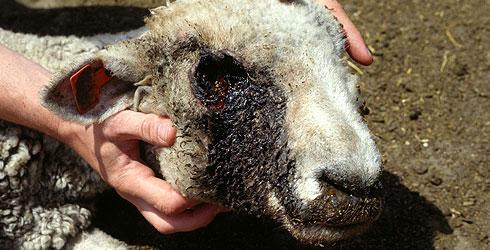
Wohlfahrtiosis of a sheep eye in Hungary.
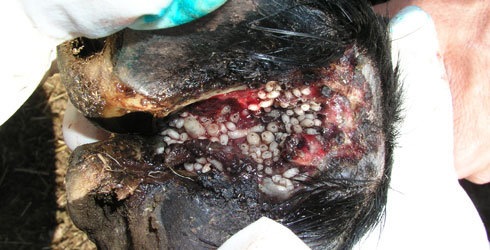
Wohlfahrtia magnifica hoof infestation - Greece.
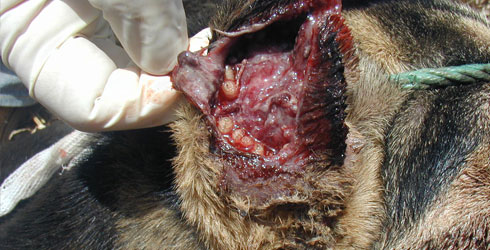
Wohlfahrtia magnifica in a dog's ear - Morocco.
Author

Dr Martin Hall
Biomedical research entomologist specialising in flesh-eating flies, myiasis, forensic entomology and tsetse and tabanid flies.
